Mobile homes are a great option for those who want decent housing at affordable rates. They come in many sizes and types, with different construction methods according to the occupants’ needs.
With that said, there are certain precautions and issues that one has to be alert about when thinking about purchasing mobile homes. Whether these are mobile homes for sale in Cedar Springs or a customized one, a potential mobile home owner needs to know all the nuances of this structure.
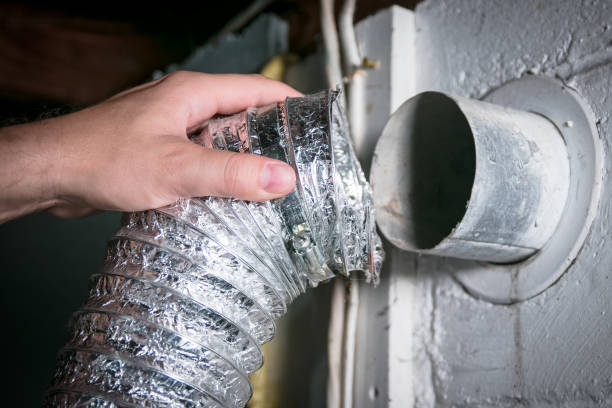
Since a mobile home’s construction methods are quite removed from that of a site-built or manufactured home, its air flow system will be different. The HVAC system, cooling system, air conditioner, and insulation rating are all essential factors to take into account.
The flex duct or flexible duct is perhaps one of the more complicated differences to understand when it comes to mobile homes.
Mobile home flex ducts aren’t too easy to find in the market, as they have to undergo a lot more regulations and limiting restrictions before manufacturing. They have different R-ratings, insulation ratings, thicknesses, and result in different costs than a regular size flex duct.
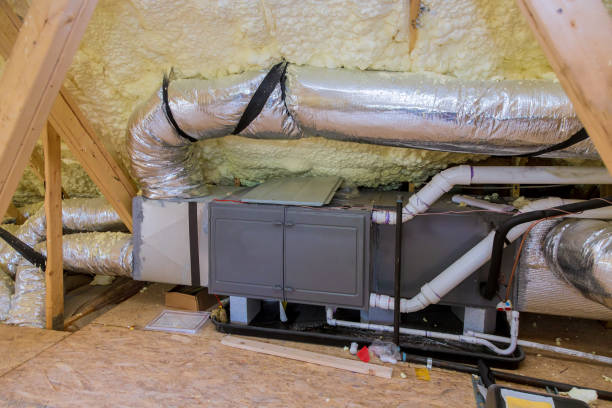
Are you considering a mobile home and want the ultimate maintenance guide for it? It might be best to check out the reason why mobile home flex ducts are different first!
Why Mobile Homes Flexible Ducts are Different
Unless a potential mobile home owner has proper knowledge of the differences between regular and mobile home flex ducts, they might have to sacrifice a lot in their new home. Their HVAC, air flow, and cooling system might all be at risk.
You can lower the risk of such inconveniences by looking at the main differences below:
1. The Flex Ducts of Mobile Homes Need a Relatively Higher R-Rating
The R-rating of flex ducts gives an indication of how much your mobile home ductwork can keep you comfortable in different weathers.
Ideally, a proper flex duct network should keep a home cool during the warmer months and warm during the colder part of the year. The R-rating is a known insulation metric with reincarnation by IMC, ASHRAE, and other federal entities.
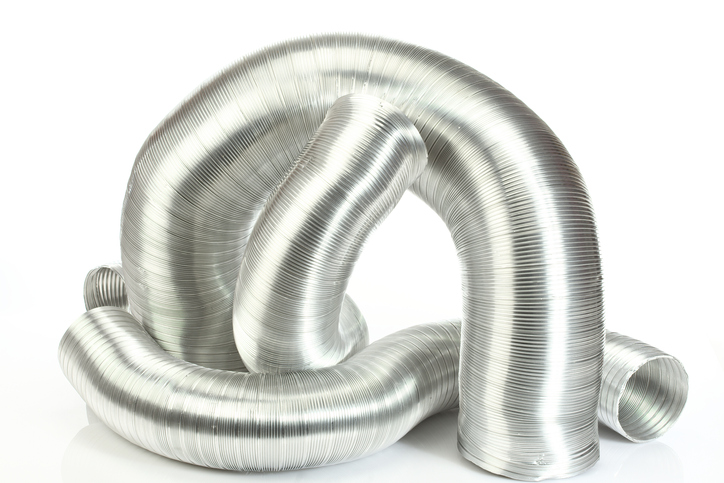
The requirements for a proper R-rating for mobile homes are very different from that of site-built houses or apartments. Mobile home ducts, which are located underneath the structure, need a rating of R-8. The ducts in the attic of apartments and conventional houses only need a rating of R-6.
Why Do Mobile Home Flex Ducts Need Higher Ratings?
The main reason behind this higher equipment is the exposure to outside elements. Flex ducts in mobile homes are on the outside, whether you go for single-wide or double-wide versions. This is why they need to be on the stronger side.
If the flex ducts in mobile homes fail this rating, they could be more likely to leak. This will cause any leaking water to flow under the floor of the structure, weakening it and possibly causing rot, among other issues.
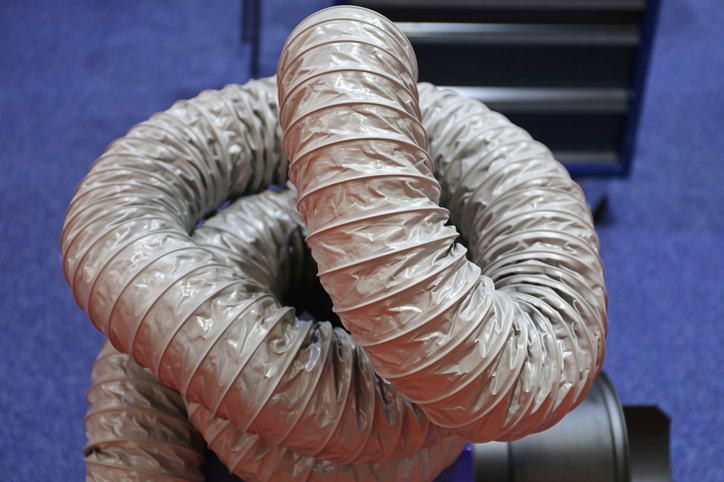
The flex ducts also need to be strong enough to prevent any pests or other bugs from entering. This is again more likely to happen in mobile homes since the flex duct is located underneath and outside.
Flex ducts with ratings of R-8 and above are just better at protecting and insulating your home. You can also read up more tips to super insulate your mobile home.
How Much Do R-8 Ducts Cost?
Unfortunately for mobile home owners, R-8 ducts cost more than double the price of R-6 ducts. While R-6 ducts go for around $1.25 per square feet at present, R-8 flex ducts could be around $3.50 or higher per square feet. If you intend on getting a flex duct, make sure to factor that into your cost of moving a mobile home.
2. The Thickness of Flex Ducts for Mobile Homes Should Not Exceed a Foot
The flex ducts in mobile homes have to be limited to 12 inches or a foot thick. This is a major difference, especially as the attic flex ducts in site-built homes can be up to 20 inches in diameter even if they are the same length.
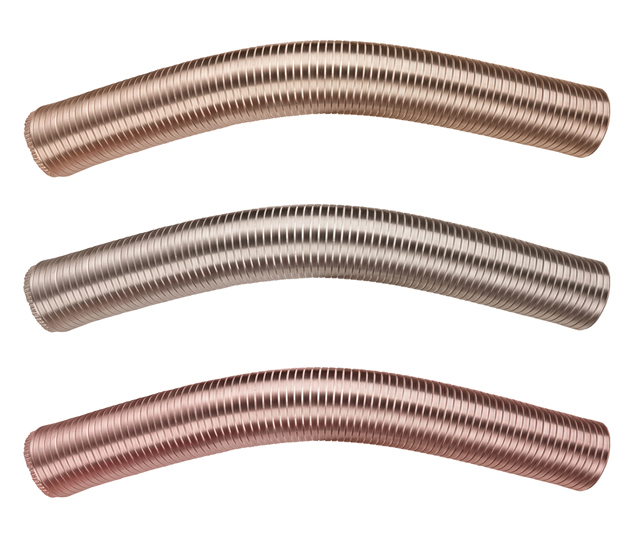
This thickness limitation might be flexible in certain cases, such as with double-wide manufactured homes with 3-ton heat pumps or some other major fixture. A system like this will require the flex ducts to be thicker than a foot. With mobile homes, though, the range of 12 to 14 inches is the highest you can go.
Why is There a Thickness Limitation for Mobile Home Flex Ducts?
There are a few reasons behind this rule. These include:
Minimum Ground Clearance
The HUD Code, or the Housing and Urban Development authority, states that the bottom of a mobile home and the ground should have a foot of space in between, at the very least. In Florida, this rule is made a bit more difficult; the space has to be 18 inches, at the very least.

Since the flex ducts are underneath mobile homes, a large thickness will nullify the purpose of the minimum ground clearance regulation.
If a home inspector visits your mobile home and notices that the flex ducting is too near the ground, this could make things very complicated for you.
What is more, a duct placement like that will make it easy for all kinds of pests to enter the HVAC system. If they do, the resulting damage can cost you several hundred dollars, not to mention a lot of hassle.
Compression and Kinking
Another reason for the thickness limitation is because of the support or suspension of your mobile home duct. The support or suspending of these ducts takes place in order to prevent extreme kinking or compressor issues. For this purpose, one usually makes use of either block supports or straps.
If the mobile home flex duct has a diameter that exceeds 12 inches, it is quite hard to give them decent support. This will result in the unwanted kinking or compressing, which can wreck the whole HVAC system inside.
3. The Fire Risk for Home Mobile Ducts is Higher
A mobile home flex duct makes the home at a higher risk of fire and consequent damage. Even a tiny spark can result in the whole home burning down, as the duct is under the floor. This is why there are so many restrictions regarding these flex ducts and other aspects of mobile homes.
The matter of fire safety is a serious one, which is why mobile home ducts are under so many regulations. Let’s explore the most common rules to follow in this regard:
The Ductwork System has to be Either Class 0 or Class 1
The HVAC appliances in mobile homes, such as fittings, dampers, and ducts, should ideally have a metal construction. The most favored metals here include aluminium, galvanized steel, and so on. When it comes to flex ducts, however, such a construction is not possible.

With this in mind, HUD regulations then state that flex ducts in mobile homes should not be Class 2. They have to be either Class 0 or Class 1. In fact, you will be very hard pressed to even locate any Class 2 ducts for systems in mobile homes.
What is Class 1 and Class 0 ducting?
For Class 0 ducting, the classification of fire hazards should be at zero. This also applies to the air connectors, according to the UL 181-1998 rule.
For Class 1 ducting, the fire spread rating should not exceed 25. Their smoke spread rating should not exceed 50, according to UL 181.
The Duct Should be a Minimum of Three Feet from Heat Sources
The main heat sources in any home include the radiator, the stove, the furnace, or a plenum (also known as the HVAC system). These heat sources are not to be near the flex duct, so we have to make sure of at least a three feet distance.
Such heat sources just might set off a tiny spark, which could get into the ductwork if it is nearby. If that happens, the damage can be immense.
The Installation of Mobile Home Flex Ducts is Different
Installing the mobile home ducts could be a challenge, as they are much more exposed to outside elements such as wind. Site-built homes and apartments don’t have that problem, but mobile home duct openings are at high risk of flooding through water spillage from sinks and tubs.
This moisture is not good news as it could provide the perfect environment for mold, fungus, rot, and bacteria. This is especially likely during winter, since the duct holds hot air at the time.

If the mobile home duct is moist, it can also adversely affect the dehumidifying potential of your air conditioner. If there is water in the ducts, the air flow won’t be as free either.
This is why flex ducts installed nearby wet places of your mobile home need the following precautions:
- Install them off the floor to minimize exposure to moisture and water
- Keep them away from obstacles and blockages, including drapes, furniture, and doors (this precaution will help distribute heat evenly)
The Takeaway
Having flex ducts in mobile homes require careful inspection and precautions. Being thorough in this matter is worth it as you’ll be comfortable no matter what season it is!
Go for the best flex duct system for your mobile home today so you are able to relax for the whole year.









